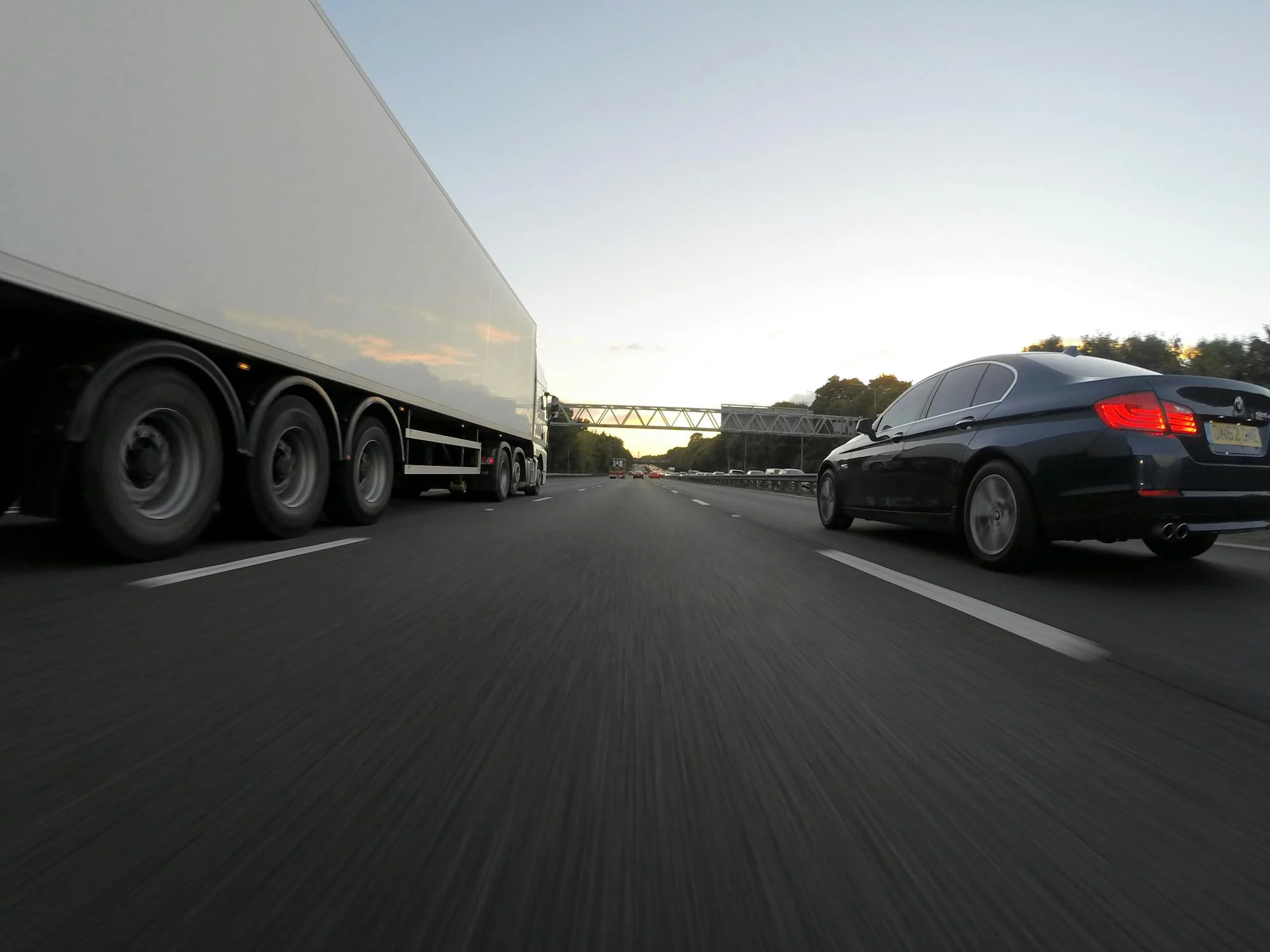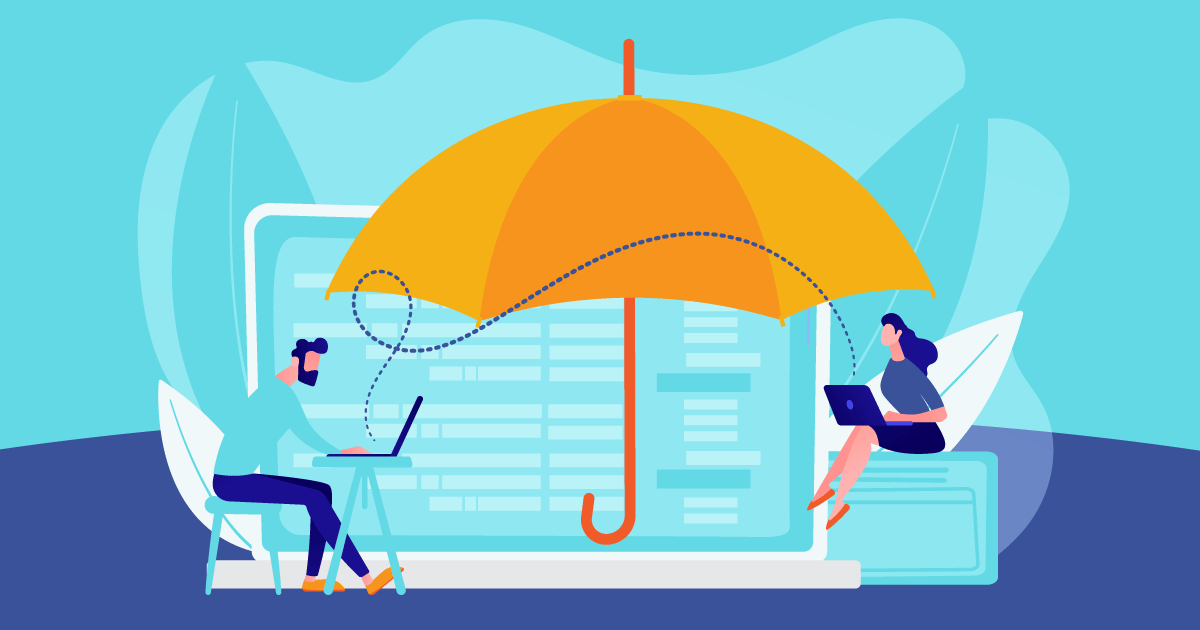In today’s fast-paced world, people are seeking convenience and efficiency in every aspect of their lives. The grocery shopping experience is no exception. With the advent of technology, traditional grocery shopping has transformed into a seamless and time-saving process. One such innovative solution that has revolutionized the grocery business is Instacart and its likes. In this article, we will explore how Instacart-like apps brighten the future of the grocery business by offering convenience, wide product selection, personalized experiences, cost-effectiveness, enhanced customer service, increased business opportunities, technological advancements, and a commitment to sustainability.
What is Instacart?
Instacart is an on-demand software for grocery delivery platform that connects customers with personal shoppers who handpick and deliver groceries to their doorstep. It was founded in 2012 and has since grown rapidly, becoming a leading player in the grocery delivery industry.
Rise of On-Demand Grocery Delivery
The rise of on-demand grocery delivery services stems from the increasing demand for convenient and time-saving solutions. Busy schedules, long working hours, and the desire for contactless experiences have fueled the popularity of app like Instacart offering a seamless and efficient way for customers to get their groceries delivered right to their doorstep.
Convenience and Time-Saving
Seamless Ordering Process
Instacart-like apps offer a user-friendly interface that simplifies the grocery shopping experience. Customers can browse through a vast catalog of products, add items to their virtual carts, and choose their preferred delivery time.
Quick Delivery Options
These apps prioritize prompt delivery, with options for same-day or next-day delivery. Customers can select a convenient time slot and have their groceries delivered to their doorstep without having to visit a physical store.
Wide Product Selection
Extensive Range of Groceries
Instacart-like app provides access to a wide selection of groceries, ranging from fresh produce to pantry staples, like sweeteners, seasonings, and specialty items. Customers can easily find everything they need in one place, eliminating the need to visit multiple stores.
Specialty Items and Local Produce
These apps often collaborate with local retailers and specialty stores, allowing customers to discover unique products and support local businesses. From artisanal cheeses to organic fruits, the variety available through these apps is unparalleled. Customers can explore a diverse range of options and find products that cater to their specific preferences and dietary needs.
Personalized Shopping Experience
Customizable Preferences
Instacart-like apps prioritize personalization by allowing customers to set their preferences. Customers can indicate dietary restrictions, favorite brands, and specific instructions for their orders. This level of customization ensures that the shopping experience aligns with each customer’s individual needs and preferences.
Easy Reordering and Favorites List
To streamline future shopping experiences, these apps enable customers to reorder items they frequently purchase easily. Additionally, customers can create a favorites list, making it convenient to add frequently bought items to their cart with just a few clicks. These features save time and effort, ensuring a smooth and efficient shopping experience.
Cost-Effectiveness
Competitive Pricing and Offers
Instacart-like apps strive to provide competitive pricing for their products. They often partner with various retailers and leverage their network to offer customers the best prices available. In addition, these apps frequently provide exclusive discounts, promotions, and deals, allowing customers to save money on their grocery purchases.
Avoiding Impulse Purchases
Shopping in physical stores can sometimes lead to impulse purchases, as customers are exposed to various products and marketing tactics. However, using an Instacart-like app allows customers to avoid the temptation of impulsive buying. By shopping online, customers can focus on their shopping lists and make deliberate choices, resulting in more cost-effective grocery shopping.
Learn more: how big businesses keep their finances in check
Enhanced Customer Service
Responsive Customer Support
Instacart-like apps prioritize customer satisfaction by offering responsive customer support. In case of any issues or inquiries, customers can easily reach out to the support team via chat or phone. The dedicated support staff ensures that customers’ concerns are addressed promptly, fostering a positive and reliable shopping experience.
Efficient Issue Resolution
Should any problems arise with an order, such as missing items or damaged products, the Instacart-like app is committed to resolving these issues quickly and efficiently. They have established protocols to handle customer complaints and provide suitable solutions, including refunds or replacements. This level of attentiveness to customer satisfaction builds trust and loyalty among users.
Increased Business Opportunities
Expanding Market Reach
For grocery businesses, partnering with an Instacart-like app opens up new opportunities to reach a wider customer base. By joining these platforms, businesses can tap into a growing market of customers who prefer the convenience of online grocery shopping. This expansion of market reach can result in increased sales and visibility for retailers.
Collaborations with Local Retailers
Instacart-like app often collaborates with local retailers and independent grocery stores, creating mutually beneficial partnerships. This collaboration allows local businesses to leverage the app’s infrastructure and technology for order management and delivery. It not only boosts the visibility of these retailers but also supports the local economy and fosters community engagement.
Technological Advancements
AI-Driven Recommendations
Instacart-like apps utilize artificial intelligence, machine learning, and IoT to analyze customer data and provide personalized recommendations. By tracking previous purchases and browsing patterns, these apps can suggest relevant products to customers, making their shopping experience more efficient and tailored to their preferences. This personalized approach enhances customer satisfaction and encourages repeat purchases.
Smart Inventory Management
To ensure seamless order fulfillment, Instacart-like app employs smart inventory management systems. By leveraging real-time data, these apps can accurately track product availability and update inventory information accordingly. This minimizes the chances of out-of-stock items and improves the overall reliability of the service.
Sustainability and Eco-Friendliness
Reducing Carbon Footprint
Instacart-like apps are committed to sustainability and reducing their carbon footprint. By consolidating multiple orders into a single delivery route, these apps optimize the efficiency of the delivery process. This reduces the number of vehicles on the road, resulting in lower emissions and environmental impact. Additionally, some apps explore eco-friendly delivery options, such as electric vehicles or bicycles, further contributing to a greener future.
Minimizing Food Waste
Food waste is a significant issue in the grocery industry. Instacart-like app address this concern by implementing strategies to minimize food waste. Through effective inventory management and real-time demand tracking, these apps can better estimate the required quantities of perishable items. By reducing overstocking and ensuring efficient stock rotation, they help minimize food spoilage and waste.
Challenges and Future Growth
Competition and Market Saturation
As the popularity of Instacart-like app continues to grow, the industry faces increased competition. Numerous players enter the market, striving to capture a share of the online grocery delivery sector. This saturation presents challenges for both new entrants and established players to differentiate themselves and provide unique value propositions.
Innovations in Last-Mile Delivery
The last-mile delivery, which refers to the final leg of the delivery process from the fulfillment center to the customer’s doorstep, remains an area of innovation and improvement. Instacart-like app are investing in advanced logistics systems, route optimization algorithms, and alternative delivery methods to enhance the efficiency and speed of last-mile delivery. Future advancements in this area will further refine the delivery experience and meet evolving customer expectations.
Conclusion
Instacart-like app have transformed the grocery business by offering convenience, a wide range of products, personalized experiences, cost-effectiveness, enhanced customer service, increased business opportunities, technological advancements, and a commitment to sustainability. These apps provide a seamless and time-saving shopping experience, ensuring that customers can access groceries from the comfort of their homes. As technology continues to advance and consumer demands evolve, Instacart-like app are poised to play a vital role in shaping the future of the grocery industry.










